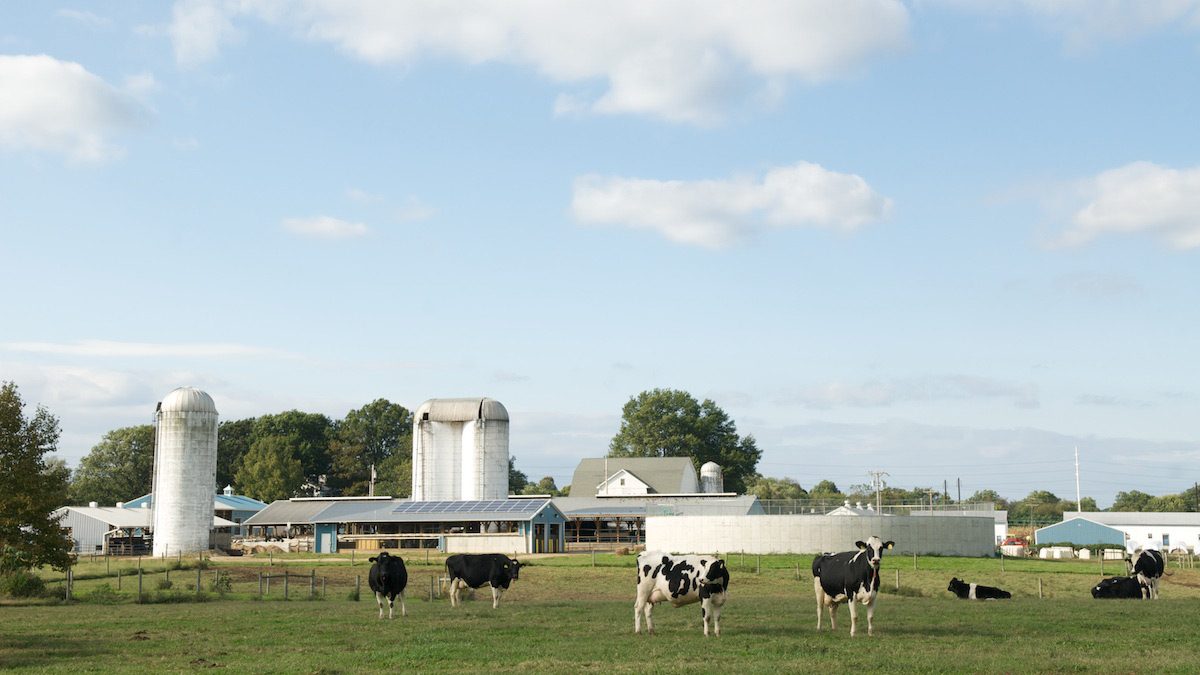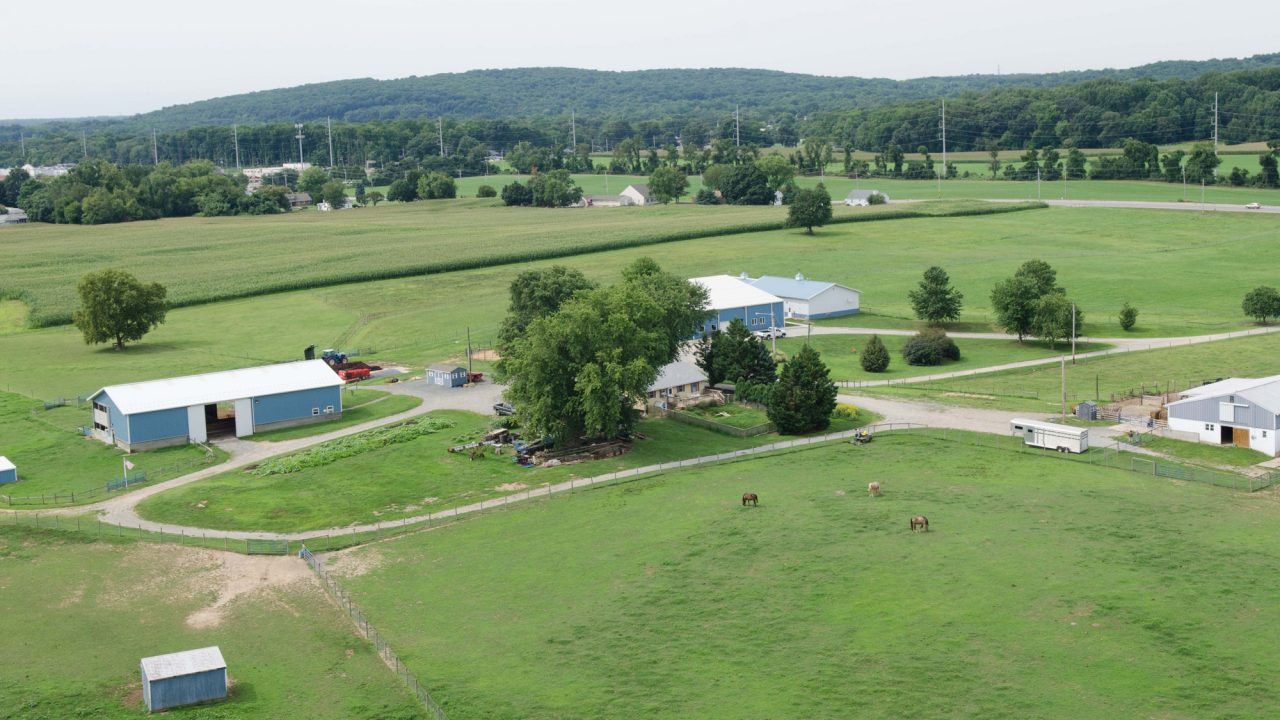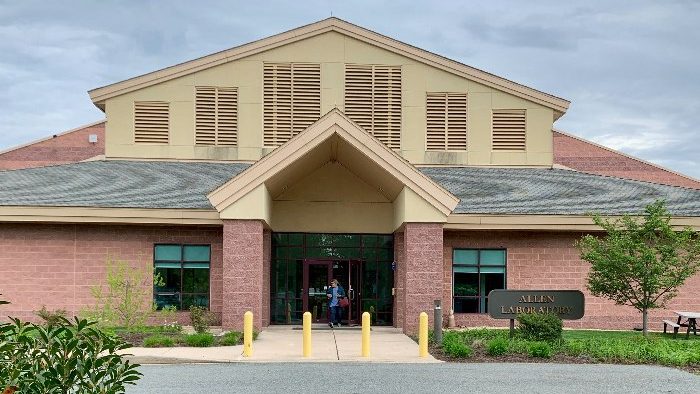
Animal Science
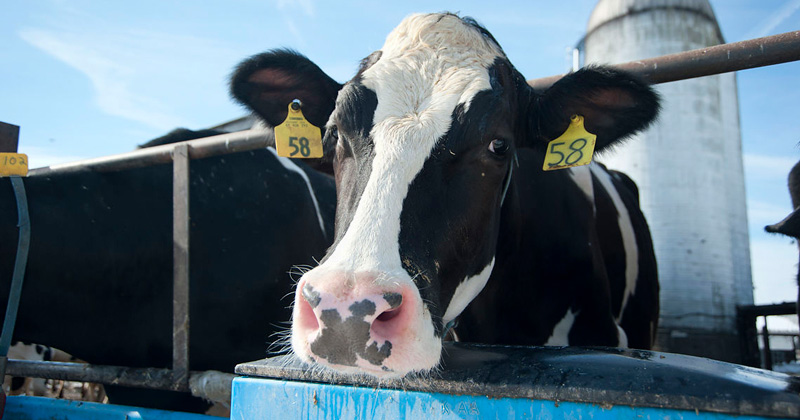
The University of Delaware provides support to animal operations and enthusiasts throughout the state. Areas of assistance include equine, dairy, livestock, and poultry.
Dairy science research, teaching, and extension programs of the University of Delaware work cooperatively to integrate the findings from basic and applied research into cost-effective management practices for the dairy industry.
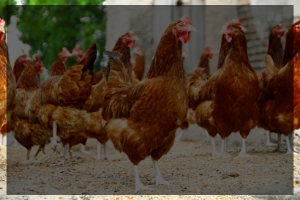
Poultry
Research
As Delaware’s primary agriculture industry, UD is dedicated to supporting poultry growers, processors, and supporting industries.
Related Fact Sheets
All Results
-
AWARENESS OF POTENTIAL PLANT TOXICITY TO GRAZING ANIMALS
Effects on animal health from consuming or contacting potentially toxic plants can range from none to death. Potential deleterious effects include tainted milk; liver or kidney damage; cardiovascular, nervous system, musculoskeletal, or gastrointestinal problems;
-
CONSIDERATIONS FOR HERBICIDE USE IN PASTURES
Weeds are often not desirable in pastures for many reasons. Many weeds are less palatable to animals, weeds decrease rapidly in nutritive value as they mature, and some can be toxic if consumed in large enough quantities. Weeds can also reduce the amount of desirable vegetation. Weed infestations can often be prevented by implementing cultural practices that maintain a dense cover of desirable forage where weeds find it difficult to germinate and grow.
-
Canada Goose
Canada geese (Canadian Geese) are highly recognizable waterfowl which can be identified by their black head, tail, and necks with a white chin and black bill. Their wings are a dark grey, and breast are a lighter grey or brown. Males are slightly larger than females and they range in size from two to three feet in height and weigh between seven and fourteen pounds.
- 1
- 2
- 3
- 4

